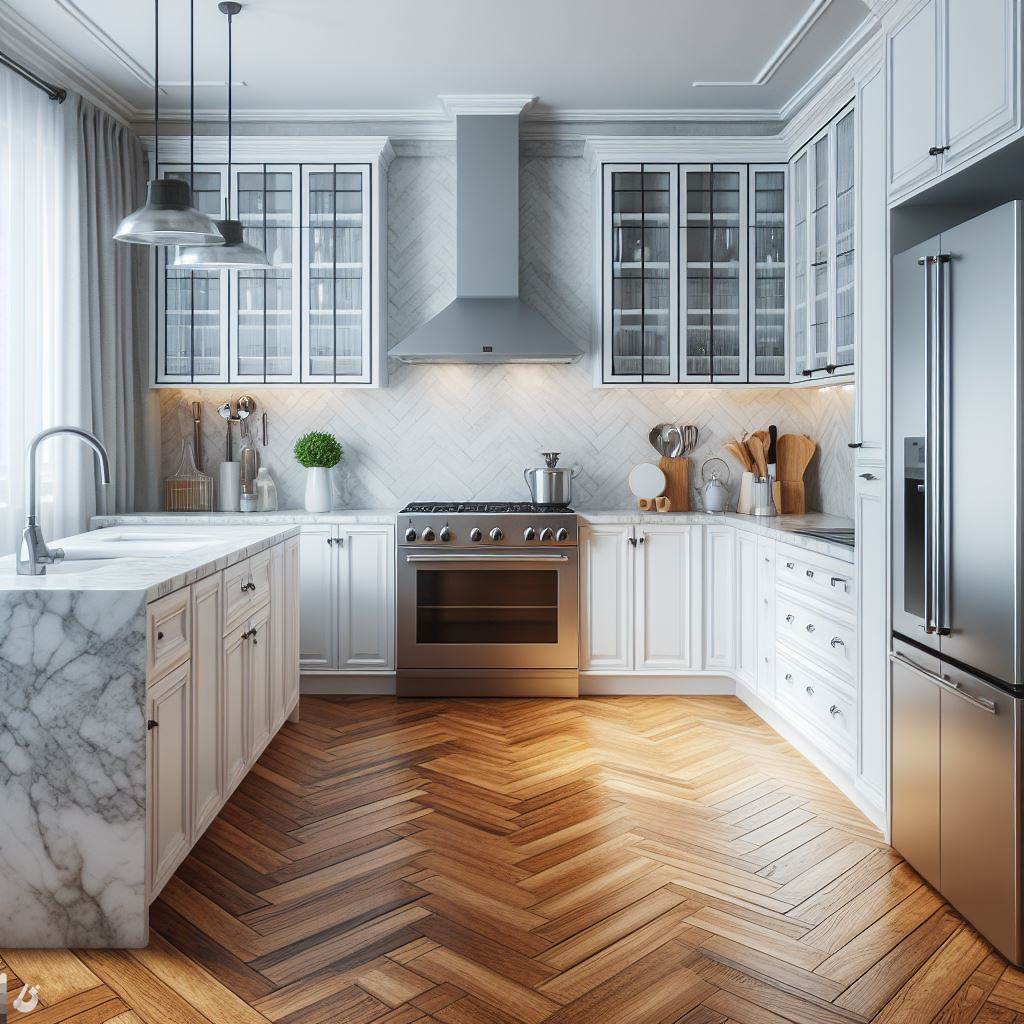Do you know how to fix water damaged cabinets? Water can negatively impact the outer cover of a cabinet, ruining the paint and darkening the wood, which is just part of the story. It can also inflict structural harm, reducing the cabinet’s utility. This is particularly evident in most Northern New Jersey and New York City homes with under-sink cabinets in the kitchen and bathroom. When items have dried out, you can repair certain aesthetic and structural flaws yourself, but warping and plywood delamination might be severe enough that replacement is the only solution. But how to fix water damaged cabinets?
- Damage Calculation
The first critical concern is whether the cabinet is still structurally sound. This occurs if it gets soaked after a pipe explodes or if it’s discolored due to high humidity. However, if it has been damaged for a long time due to a constant leak or high humidity, the adhesive joints can be loose and the plywood warped. If the drain or water valve overflows without your knowledge, the harm can be limited to the lower portion of the cabinet. The bottom shelf could be sagging and wet, and the plywood at the cabinet’s foundation could be delaminating.
- Structural Repair
Once you’ve removed the source of the corrosive water and enabled the cabinet to dry, you can patch most structural damage with carpenter’s glue, clamps, and a few strategically placed screws. Begin by applying glue to the delaminating pieces of plywood and fastening them along with C-clamps. A look inside the cabinet can show broken or split bracing. It usually’s safer to remove the existing braces, reinstall them with fresh adhesive and screws, or uninstall them entirely. If you cut the old supports first, the screws will hold the cabinet for repairing together more effectively.
- Bleach can remove stains.
Oxalic acid efficiently prevents blackening caused by water infiltration in oak and other trees, although it must be used until the finish has been sanded off. Make a sufficient quantity of oxalic acid crystals and water (one in which no more crystals can dissolve) and spray it on the damaged wood. When it dries, you will find a difference, but if not, scrub it further. When you’re done, mix half a cup of baking soda into a liter of water and spray this on the wood to neutralize, then rinse with clear water. The wood is ready for refinishing after it has dried.
- Changing Out Spares
You might discover that removing a portion of the cabinet is your only option. For example, if the lower shelf gets soaked that it sags, it’s time to replace it. Based on the cabinet’s design, you may not be able to remove it in one piece, so take careful measurements before dismantling it. If the veneer has broken from the cabinet’s side or front, you will be able to fully it by affixing on a new veneer with rubbing cement instead of removing it. Only make sure to remove more of the old veneer as necessary before proceeding.



Leave A Comment